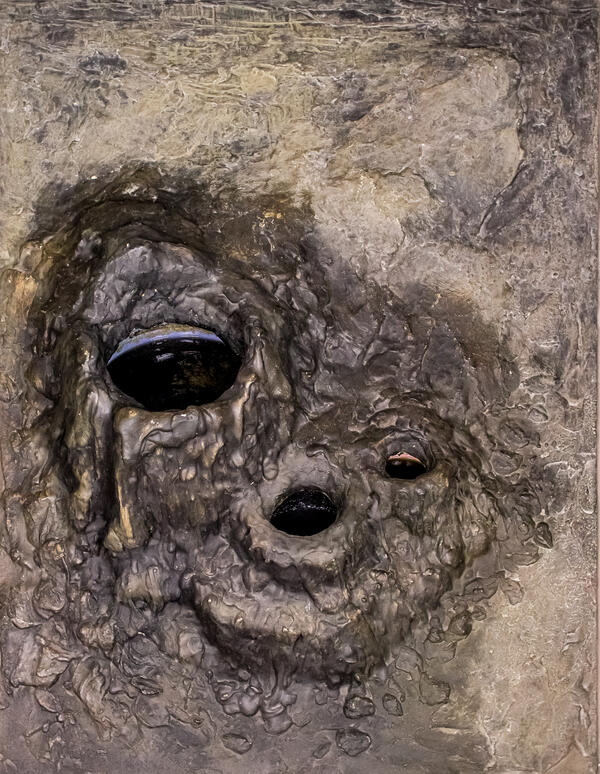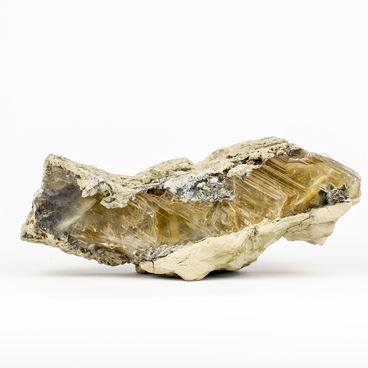Mud volcanoes are considered a common geological phenomenon. They are small mountains, hills, and bald mountains up to 500 meters high. Craters in the form of funnels emerge on their surface. Underground gases, water, and clay erupt from them with different frequencies.
Mud volcanoes can be 4–5 kilometers deep. That is why ancient rocks can be found among the debris that comes out with gases. The water in the craters is slightly alkaline, with a high concentration of iodine, boron, and bromine. There is oil in all the products of the eruption.
Mud volcanoes are usually located either near oil fields or in areas of seismic activity. It is estimated that there are more than 1,700 mud volcanoes on Earth. About half of all mud volcanoes on the planet are located in Azerbaijan and the Caspian Sea. Every fifth of them emits a large amount of oil. During an eruption, methane is released from the ground. Sometimes it is carbon dioxide, carbon monoxide, or nitrogen.
The eruption of a mud volcano begins with accumulated gases explosion in its crater. Then, a stream of liquid mud with fragments of rock is thrown to the surface. Sometimes hydrocarbon gases spontaneously flare up, and a flame becomes visible above the crater. The eruption of the volcano lasts for several days. Earthquakes and an underground rumble accompany it. After that, there comes a long rest.
Several large mud volcanoes are located on the Kerch and Taman peninsulas, Russia. Dirt is considered therapeutic in some of them. One of the most frequently active volcanoes is located in the Krasnodar Territory, in the village of Golubitskaya, just a few kilometers from the beach. Its eruptions have been recorded since Catherine the Great and occur every 6-8 years. For the first time, they were captured on videotape in 1994. Golubitsky volcano has a height of just 2 meters. But, at the same time, it stretches about 100 meters in length. Mud islands are formed because of this volcano’s eruptions. Then they are gradually eroded by seawater.
Mud volcanoes can be 4–5 kilometers deep. That is why ancient rocks can be found among the debris that comes out with gases. The water in the craters is slightly alkaline, with a high concentration of iodine, boron, and bromine. There is oil in all the products of the eruption.
Mud volcanoes are usually located either near oil fields or in areas of seismic activity. It is estimated that there are more than 1,700 mud volcanoes on Earth. About half of all mud volcanoes on the planet are located in Azerbaijan and the Caspian Sea. Every fifth of them emits a large amount of oil. During an eruption, methane is released from the ground. Sometimes it is carbon dioxide, carbon monoxide, or nitrogen.
The eruption of a mud volcano begins with accumulated gases explosion in its crater. Then, a stream of liquid mud with fragments of rock is thrown to the surface. Sometimes hydrocarbon gases spontaneously flare up, and a flame becomes visible above the crater. The eruption of the volcano lasts for several days. Earthquakes and an underground rumble accompany it. After that, there comes a long rest.
Several large mud volcanoes are located on the Kerch and Taman peninsulas, Russia. Dirt is considered therapeutic in some of them. One of the most frequently active volcanoes is located in the Krasnodar Territory, in the village of Golubitskaya, just a few kilometers from the beach. Its eruptions have been recorded since Catherine the Great and occur every 6-8 years. For the first time, they were captured on videotape in 1994. Golubitsky volcano has a height of just 2 meters. But, at the same time, it stretches about 100 meters in length. Mud islands are formed because of this volcano’s eruptions. Then they are gradually eroded by seawater.



